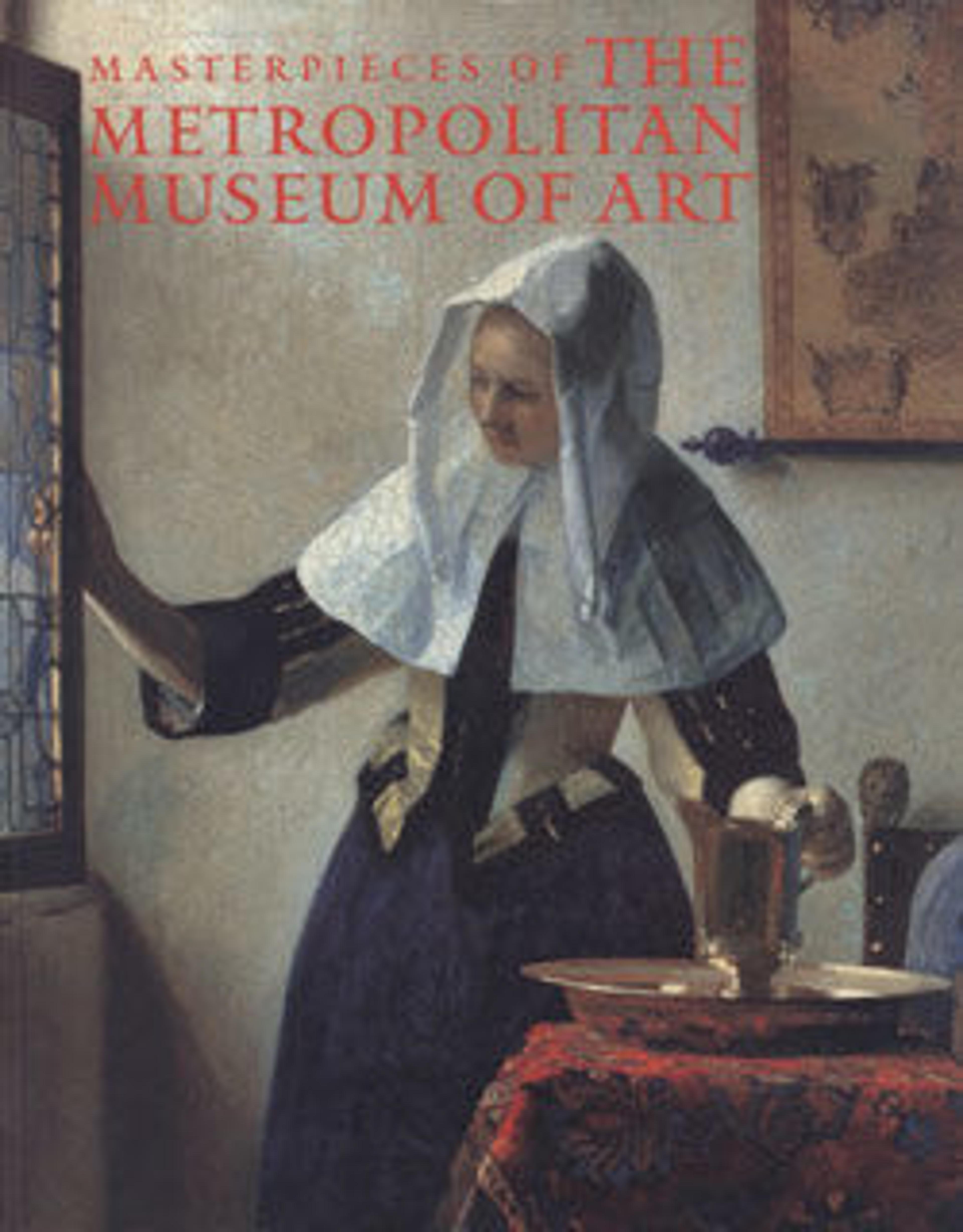Cup with a frieze of gazelles
A number of vessels similar in form and technique to this one have been excavated in the rich burials at Marlik, a site southwest of the Caspian Sea in northern Iran; one is also known from Susa, in southwestern Iran.
On the body of the cup, four gazelles, framed horizontally by guilloche bands, walk in procession to the left. Their bodies are rendered in the repoussé technique and are detailed with finely chased lines to indicate hair and musculature. The projecting heads were made separately, as were the ears and horns, and were fastened invisibly in place by a colloid hard-soldering, a process much practiced in Iran involving glue and copper salt. The hooves and eyes are indented, probably to receive inlays.
On the body of the cup, four gazelles, framed horizontally by guilloche bands, walk in procession to the left. Their bodies are rendered in the repoussé technique and are detailed with finely chased lines to indicate hair and musculature. The projecting heads were made separately, as were the ears and horns, and were fastened invisibly in place by a colloid hard-soldering, a process much practiced in Iran involving glue and copper salt. The hooves and eyes are indented, probably to receive inlays.
Artwork Details
- Title: Cup with a frieze of gazelles
- Period: Iron Age II
- Date: ca. early 1st millennium BCE
- Geography: Northwestern Iran, Caspian region
- Culture: Iran
- Medium: Gold
- Dimensions: H. 2 1/2 in. (6.5 cm)
- Credit Line: Rogers Fund, 1962
- Object Number: 62.84
- Curatorial Department: Ancient West Asian Art
More Artwork
Research Resources
The Met provides unparalleled resources for research and welcomes an international community of students and scholars. The Met's Open Access API is where creators and researchers can connect to the The Met collection. Open Access data and public domain images are available for unrestricted commercial and noncommercial use without permission or fee.
To request images under copyright and other restrictions, please use this Image Request form.
Feedback
We continue to research and examine historical and cultural context for objects in The Met collection. If you have comments or questions about this object record, please contact us using the form below. The Museum looks forward to receiving your comments.
